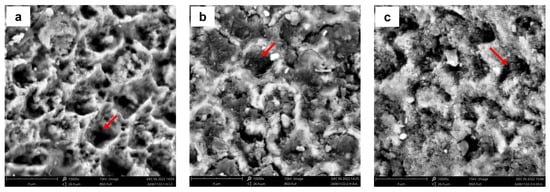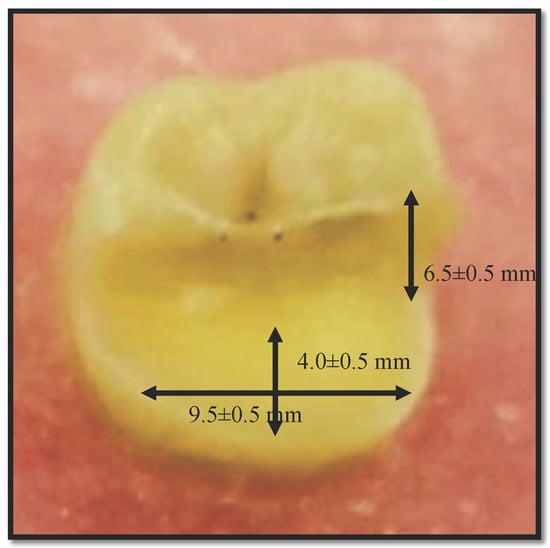Dental Composites and Adhesives in Dentistry
A topical collection in Applied Sciences (ISSN 2076-3417). This collection belongs to the section "Applied Dentistry and Oral Sciences".
Viewed by 4460Editors
Interests: oral medicine; dental materials; operative dentistry; oral health
Special Issues, Collections and Topics in MDPI journals
Interests: adhesives; cytotoxicity and biocompatibility; dentistry biomaterials; composites
Special Issues, Collections and Topics in MDPI journals
Topical Collection Information
Dear Colleagues,
Dental materials play a fundamental role in modern dental practice. Dental composites and adhesives are among the most used materials, fundamental in several dental procedures, from restorative and esthetic dentistry to orthodontics or prosthodontics. The minimally invasive and adhesive dentistry concepts reinforced the importance of these materials for dental practice. The materials’ properties and the use of adequate clinical application protocols are directly linked to the treatments’ clinical success and longevity.
Due to their widespread use and relevance to dental practice, research in dental composites and adhesives is a vibrant field, aiming to develop new materials with improved physical and chemical properties, capable of inducing beneficial biological responses and improving the success and durability of the treatments. At the same time, research focuses on simplifying the clinical procedures to reduce the treatment time and potential errors in clinical protocols.
This topical collection aims to provide the most innovative research on dental composites and adhesives, from the laboratory to the clinic. Original research articles using diverse experimental models and reviews are welcome. Systematic reviews on the topic are particularly encouraged. Research areas may include (but are not limited to) the following: the development and evaluation of dental composites and adhesives, clinical applications and treatments' success and behaviour in the oral cavity, new strategies to improve adhesives interfaces, materials degradation, materials with antibacterial properties, materials with bioactive behaviour, auto-adhesive materials, new techniques to evaluate and characterize dental materials, the evaluation of adhesion to different subtracts both biological (dentine and enamel) or synthetic (ceramics, composites, endodontic filling materials, calcium silicate cements…), toxicity and biocompatibility evaluation of materials, and evidence-based synthesis of these materials’ characteristics and behaviour.
We look forward to receiving your contributions.
Prof. Dr. Gianrico Spagnuolo
Prof. Dr. Eunice Carrilho
Collection Editors
Manuscript Submission Information
Manuscripts should be submitted online at www.mdpi.com by registering and logging in to this website. Once you are registered, click here to go to the submission form. Manuscripts can be submitted until the deadline. All submissions that pass pre-check are peer-reviewed. Accepted papers will be published continuously in the journal (as soon as accepted) and will be listed together on the collection website. Research articles, review articles as well as short communications are invited. For planned papers, a title and short abstract (about 100 words) can be sent to the Editorial Office for announcement on this website.
Submitted manuscripts should not have been published previously, nor be under consideration for publication elsewhere (except conference proceedings papers). All manuscripts are thoroughly refereed through a single-blind peer-review process. A guide for authors and other relevant information for submission of manuscripts is available on the Instructions for Authors page. Applied Sciences is an international peer-reviewed open access semimonthly journal published by MDPI.
Please visit the Instructions for Authors page before submitting a manuscript. The Article Processing Charge (APC) for publication in this open access journal is 2400 CHF (Swiss Francs). Submitted papers should be well formatted and use good English. Authors may use MDPI's English editing service prior to publication or during author revisions.
Keywords
- dental composites
- fiber-reinforced composites
- nanocomposites and nanoparticles
- bulk-fill composites
- dental adhesives
- adhesive interfaces
- bond strength
- mechanical properties
- restorative and esthetic dentistry
- minimally invasive dentistry
- adhesive dentistry
- orthodontics
- prosthodontics
- cytotoxicity and biocompatibility
- antibacterial
- clinical applications
- ceramics
- biomaterials
- bioactivity
- auto-adhesive materials









